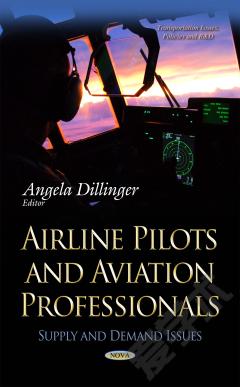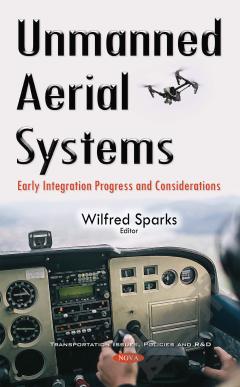Unmanned Aerial Systems: Pilot and Personnel Issues
The Air Force has managed its remotely piloted aircraft (RPA) pilots using some strategic human-capital approaches, such as planning for the different levels of experience that it needs in these pilots. However, it continues to face challenges. This book evaluates the extent to which the Air Force has used a strategic human-capital approach to manage RPA pilots; addresses concerns, if any, about the working conditions of RPA pilots that may affect their quality of life; and analyzes the promotion rates of RPA pilots. It also discusses the extent to which plans were in place to account for the personnel, facilities, and communications infrastructure needed to support Air Force and Army UAS inventories. Challenges that affect the ability of the Air Force and the Army to train personnel for UAS operations are also addressed.
{{comment.content}}








 京公网安备 11010802027623号
京公网安备 11010802027623号